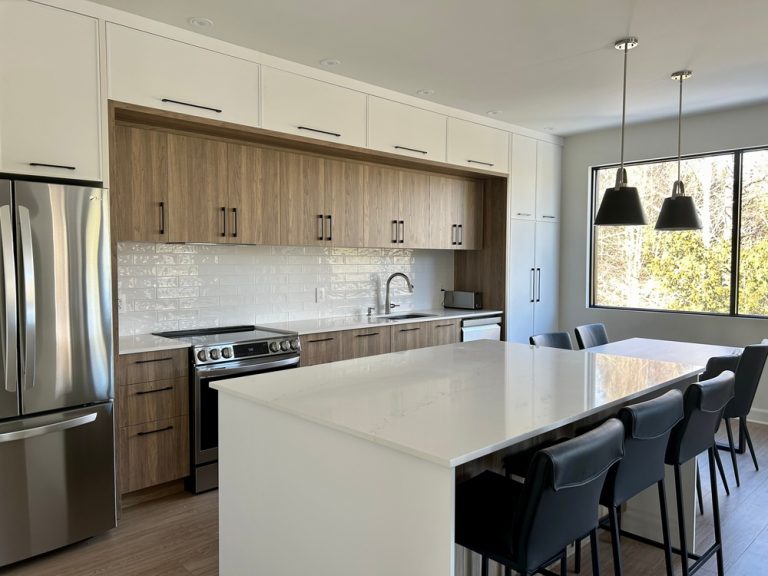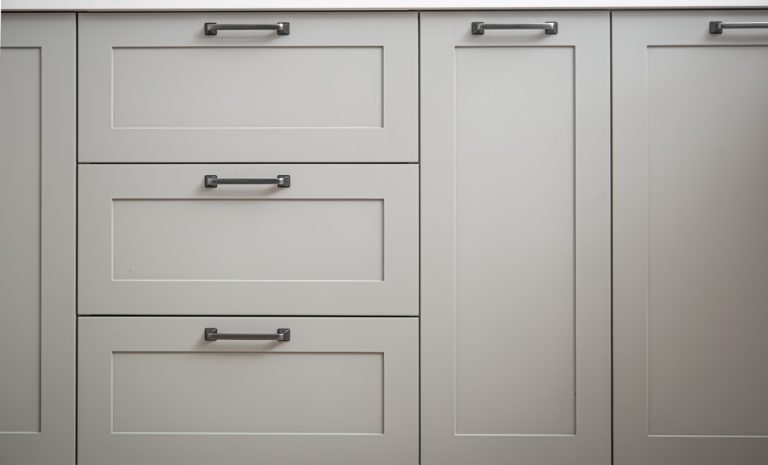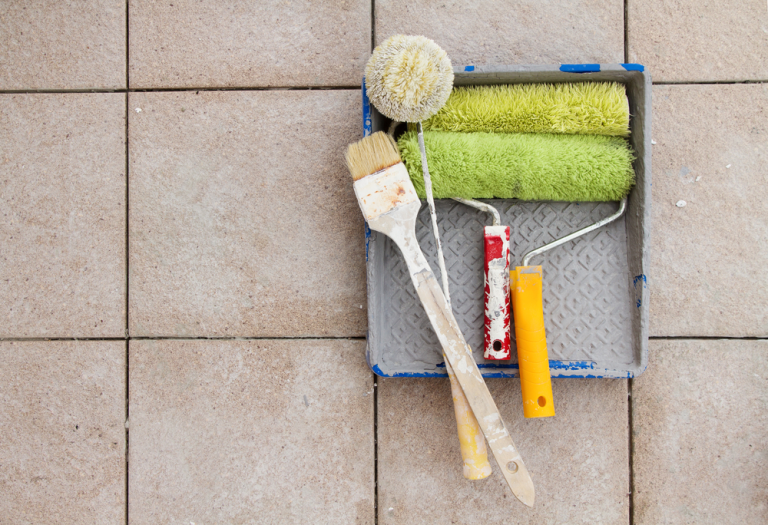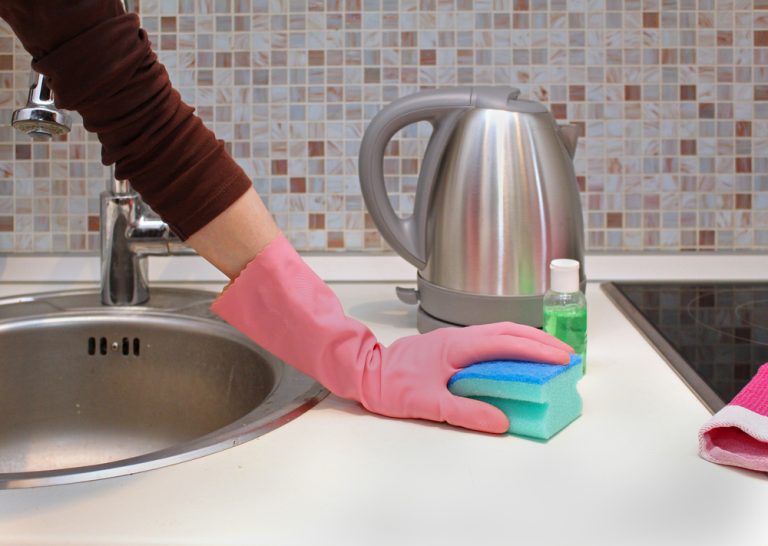How to Survive a Kitchen Remodel? – A Complete Planning
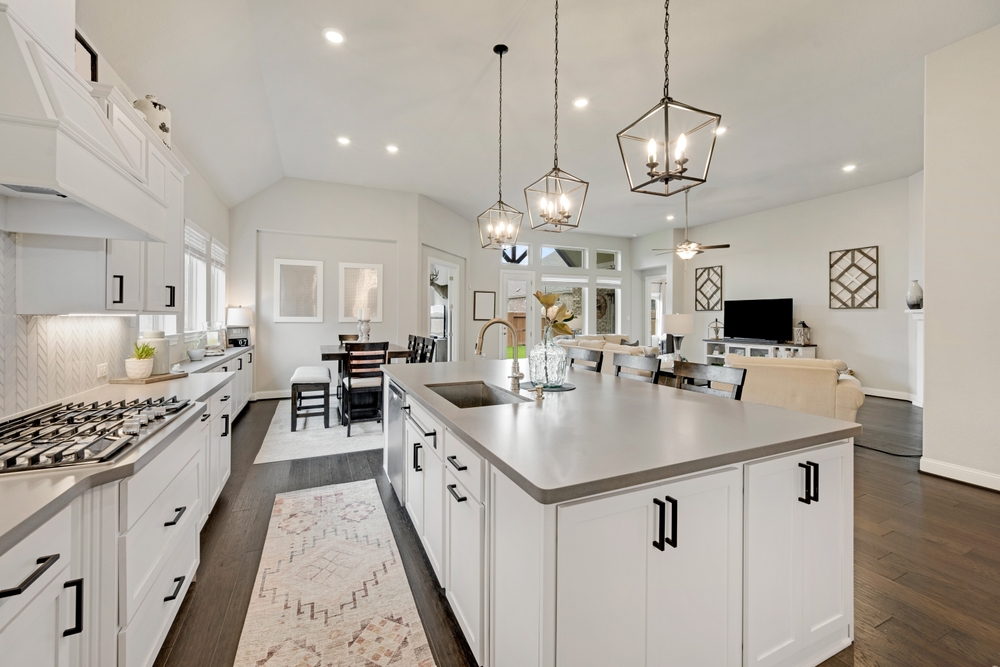
Embarking on a kitchen remodel is an exciting yet challenging process. While the end result can bring a beautiful, functional space, the journey itself can be fraught with disruptions. To help you navigate this period with ease, here are some key strategies on how to survive a kitchen remodel without losing your sanity.
A kitchen remodel is a significant home improvement project that can dramatically enhance the value and functionality of your space. However, it also means living without a fully operational kitchen for several weeks or even months. The key to surviving this process lies in careful planning, creating a temporary kitchen, and maintaining a positive mindset throughout the renovation.
Preparing for the Remodel
Before the demolition begins, preparation is essential. Start by organizing your kitchen items into three categories: essentials, storage, and disposal. Essentials include items you’ll need daily, which should be moved to your temporary kitchen. Items you won’t need during the remodel can be stored away, while unnecessary or old items can be donated or discarded.
Label your boxes and containers clearly, making it easy to find things when you need them. This organization will save you time and stress later on.
Creating a Temporary Kitchen
Setting up a temporary kitchen is crucial to maintaining a semblance of normalcy during the remodel. Choose a space in your home that’s away from the construction zone—this could be your dining room, living room, or even a covered outdoor area. Ensure that this space has access to electricity and, if possible, running water.
Equip your temporary kitchen with essential appliances like a microwave, toaster oven, and mini-fridge. If you lack a sink, consider using a portable sink or set up a washing station in your bathroom. For countertops, a folding table or a well-protected dining table can serve as a prep area. To minimize clean-up, stock up on disposable plates and utensils.
Meal Planning and Cooking
Cooking without a full kitchen can be daunting, but it’s manageable with some planning. Focus on simple, nutritious meals that can be prepared with minimal equipment. Utilize small appliances like a slow cooker, instant pot, or electric skillet, which are versatile enough to handle a variety of dishes. Prepping meals in advance and freezing them is another effective strategy.
Don’t forget to incorporate some takeout or dining out into your plan. This not only gives you a break from cooking but also supports local businesses during the renovation.
Managing Disruptions
Living through a remodel can be disruptive, especially with the noise, dust, and restricted access to your home. To minimize these disruptions, establish a clear boundary between the construction zone and your living spaces. Use plastic sheeting to contain dust and keep your temporary kitchen and other living areas as clean as possible.
Regular cleaning of the temporary kitchen and the areas around the construction zone will help maintain a comfortable living environment. Communicate regularly with your contractor to ensure the project stays on schedule and to address any concerns that arise.
Keeping Family and Pets Comfortable
If you have a family, involve them in the remodel to make it a more inclusive experience. This could mean allowing them to choose some design elements or helping to set up the temporary kitchen. For children, consider creating a mini-project related to the remodel, like designing their dream kitchen.
Pets also need to be considered during a remodel. The noise and commotion can be stressful for them, so make sure they have a quiet, safe space away from the construction area. If possible, keep them in a part of the house that’s least affected by the remodel, or consider boarding them temporarily.
Maintaining a Positive Mindset
Remodeling can be stressful, but maintaining a positive mindset is key to surviving the process. Focus on the end result and how much you’ll enjoy your new kitchen once it’s completed. Regularly remind yourself that the inconvenience is temporary and will soon be over.
Stay flexible and be prepared for unexpected delays or issues. Having a backup plan for meals, for example, can alleviate stress when things don’t go as planned. Regularly check in with your contractor to keep the project on track and to feel more in control of the situation.
Conclusion
Surviving a kitchen remodel is all about preparation, organization, and maintaining a positive outlook. By setting up a functional temporary kitchen, planning meals ahead of time, and keeping the lines of communication open with your contractor, you can minimize the disruptions and enjoy the transformation of your space. Remember, the inconvenience is temporary, but the benefits of a newly remodeled kitchen will last for years to come.

